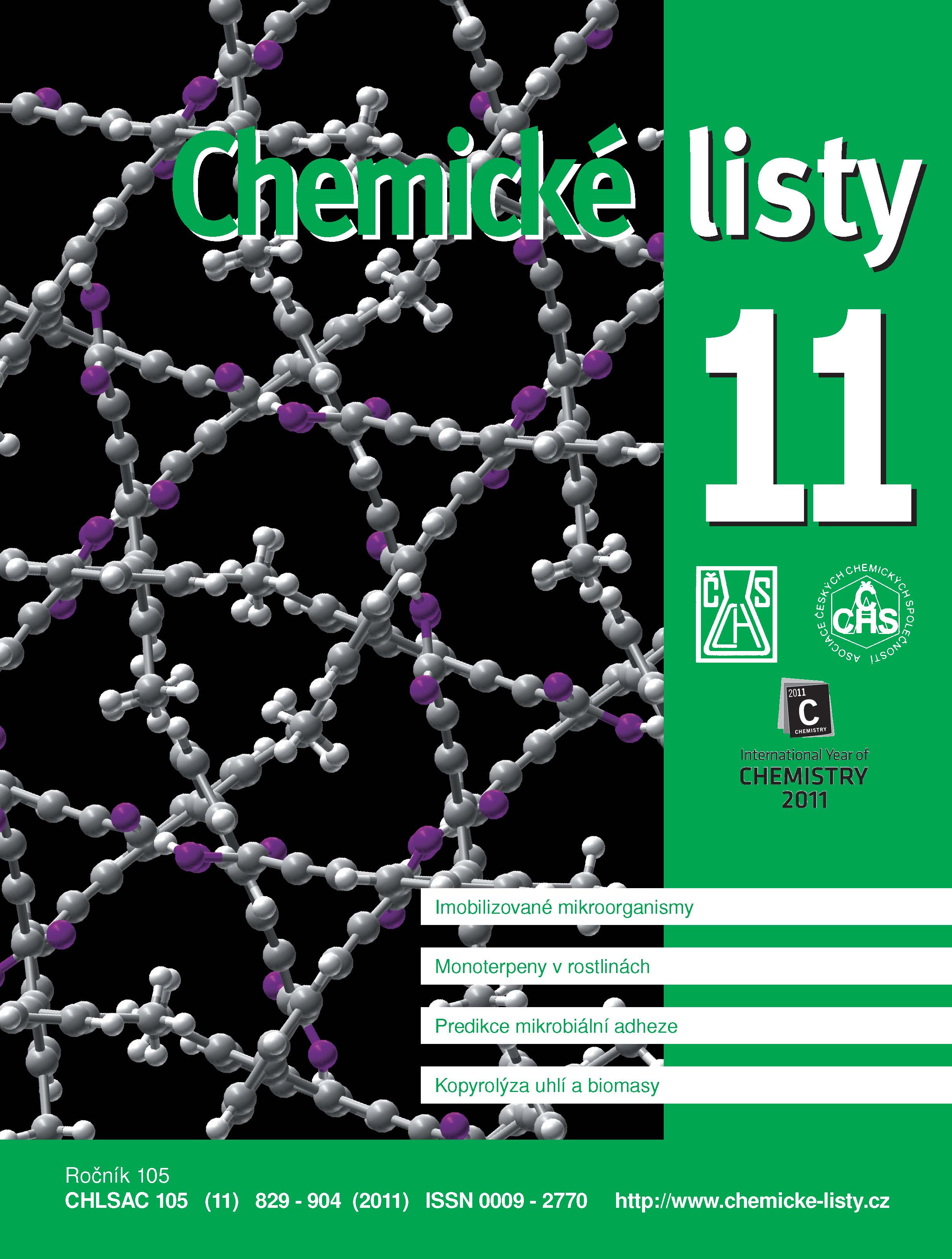Cryogenic Postseparation Treatment of Acrylamide Gels for Metaloproteomic Analyses by Combination of Gel Electrophoresis, Laser Ablation and Inductively Coupled Plasma Mass Spectrometry
Keywords:
gel electrophoresis, laser ablation, inductively coupled plasma, mass spectrometry, metalloprotein, metal-binding protein, cryogenic ablation cell, cellophane film, gel dryingAbstract
Analysis of metal species in cryogenic frozen gels originated in polyacrylamide gel electrophoresis (PAGE) by laser ablation (LA) connected to inductively coupled plasma mass spectrometry (ICP-MS) – GLIM in abbreviation – has been investigated to detect/quantitate them in separated metalloproteins. It was compared to traditional ways of gel drying procedures prior to ablation (plain drying, drying gel sandwiched between two cellophane foils), which are necessary operations before laser ablation to prevent undesired interferences related to gas production during laser ablation because of liquid content. Laser ablation of the gels containing BSA:Co(II) 1:1 and ADH with Zn(II) in cryogenic ablation cell (at –80 °C for 25 min) is a relevant alternative to the traditional procedures because of significant time spared during the procedure (down to tens of hours instead of days), it yields comparable outcome of metal species analysis by means of their high signal intensities and low RSD in ICP-MS and because of reusability of gels after cryogenic ablation, e.g. for mass spectrometry driven identification of protein moiety of metalloprotein.





